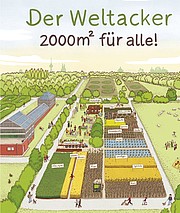11.07.2018 | permalink
Crop dust-up: Is Canada exporting glyphosate tainted wheat?
The Canadian practice of spraying herbicides on grain days before harvest is being blamed for chemical residue on pasta products
Canada should know better than to get between Italians and their pasta.
Since Italy only grows 60 per cent of the wheat it needs, it also swallows up almost 25 per cent of Canada’s $1.3-billion annual durum crop – or it did up until earlier this year.
Late in 2017, chemical residues were found in Italian pasta. When news hit the airwaves that Canadian wheat blended with Italian was the source, Italians were incensed.
Media hyped the Canadian practice of spraying glyphosate on grain crops to kill the plants days before harvest, a practice Italy banned in 2016, as a probable cause.
The amounts found measured well below both the European Union’s maximum residue limit (MRL) of 10,000 parts per billion and Canada’s at 5,000 ppb.
But a few months later, the world’s biggest pasta maker, Barilla, announced it would not use wheat containing more than 10 ppb glyphosate, 1,000 times below the EU limit, in its pasta. The company cited consumer demand for its decision.
But even before Italy announced this month that it will not ratify the Comprehensive Economic and Trade Agreement between the EU and Canada, the country’s attitude was hardening toward wheat imports.
Citing Italians’ concern about food-safety standards, Italy has since February required country-of-origin labelling on all wheat and rice products sold there. Canada’s wheat exports to Italy have since slowed to a trickle.



